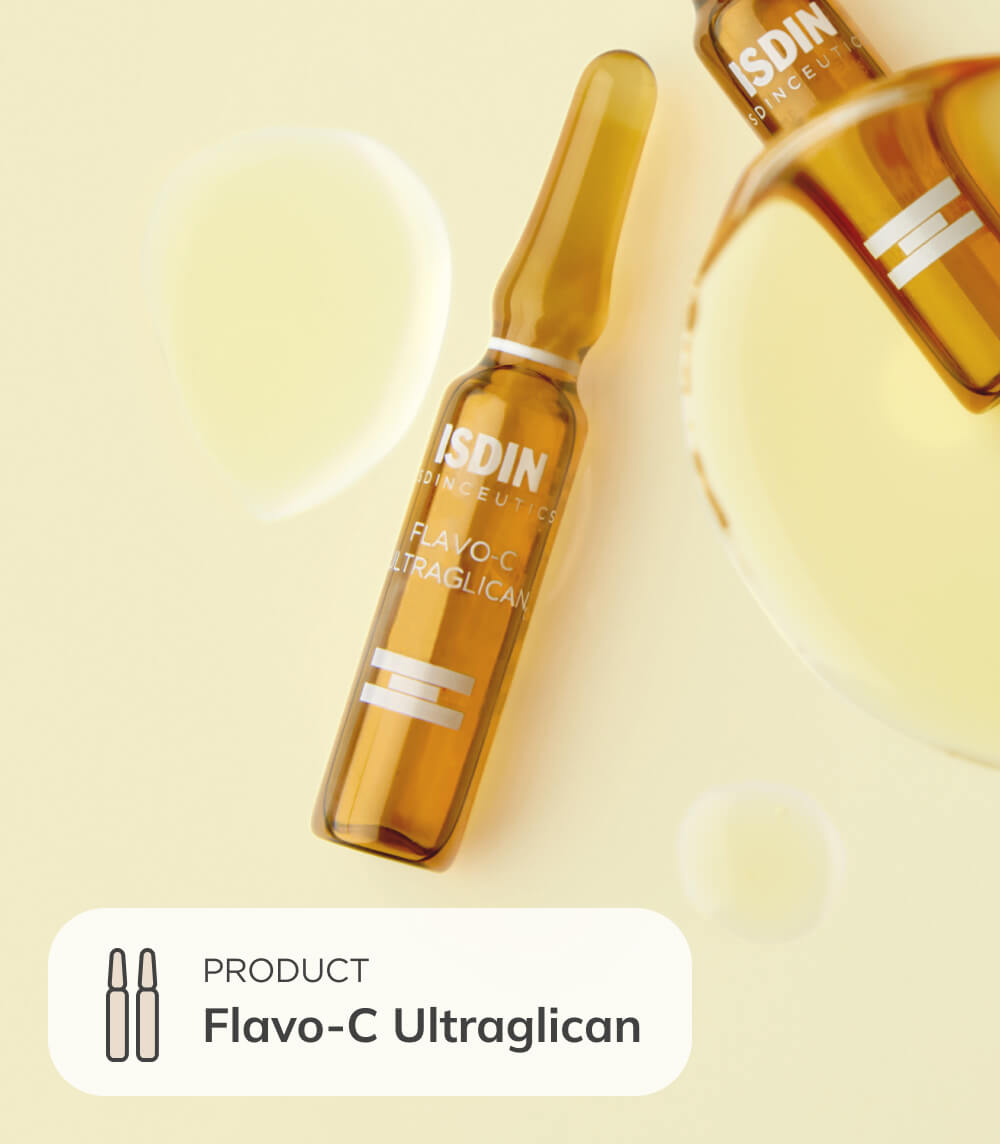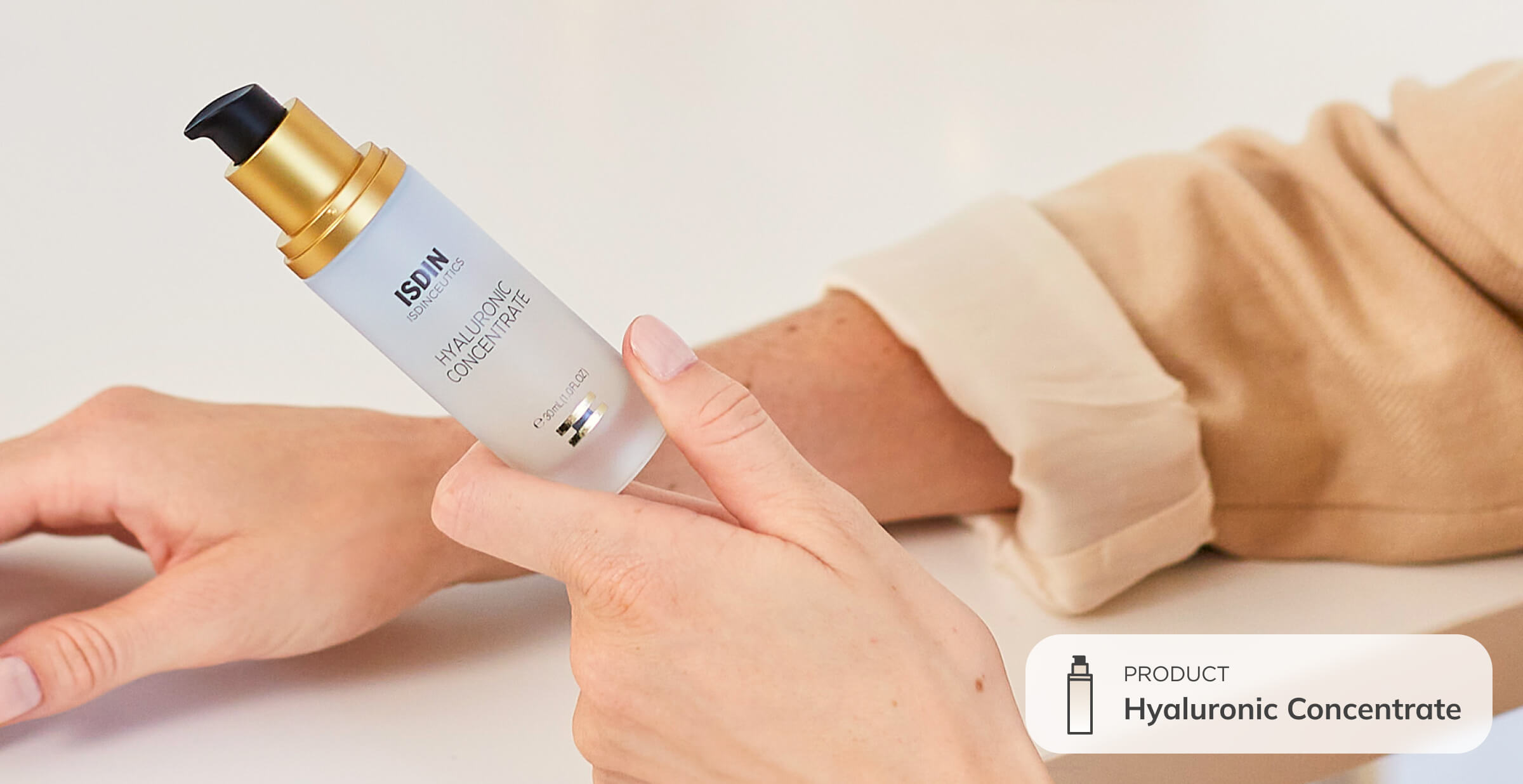Your vitality, your temper — you may really feel how a lot they fluctuate all through the day (though you would possibly want in any other case at instances). And whereas these highs and lows could seem random, it’s all a part of your physique’s important features to maintain you wholesome and glad.
The identical goes to your pores and skin! In truth, it goes by way of many adjustments inside one single day, even in case you can’t see or really feel them fairly as a lot. Let’s unpack these essential shifts, plus one of the best plan of action to assist your pores and skin look its finest from solar as much as solar down.
Your pores and skin throughout the day
From the second you wake up-to-the-minute it will get darkish out, your pores and skin is difficult at work. Through the day, the pores and skin protects your physique from UV publicity, moisture loss, air pollution, excessive temperatures, and aggressors — to not point out serving to you sense the world round you thru contact. It’s not a straightforward gig.
It additionally adjustments from day to nighttime, adapting to those two very completely different environments. Since your pores and skin is an organ (the biggest actually), it will get and provides alerts associated to the time of day. As daylight dwindles, your pores and skin strikes from defend and hydrate mode to restore and reset mode. This change is because of your pores and skin’s circadian rhythm (identical to your physique’s sleep-wake cycle).
Be taught extra about your pores and skin at evening and easy methods to assist restore it.
For now, uncover what your pores and skin goes by way of throughout a typical 9 to five:
Alarm goes off, safety mode goes on

Do you ever really feel like your pores and skin appears higher within the morning? It’s not simply in your head, there’s science behind it. Your pores and skin will get thicker within the morning, because it prepares to guard towards stressors all through the day. And but, even at its thickest level, your pores and skin is lower than a tenth of an inch thick — which means it will probably use all the additional safety it will probably get.
What you are able to do
First up? Antioxidants. These free-radical-fighting parts assist defend your pores and skin towards air pollution and UV radiation’s damaging results — which is at its peak throughout the day. Attain for a vitamin C serum designed to assist defend towards oxidative stress and deeply hydrate pores and skin for a pure, radiant glow.
Subsequent, sunscreen. That is your front-line safety towards these damaging UV rays that result in seen indicators of pores and skin growing older (AKA photoaging) and enhance the chance of pores and skin most cancers. However attempt to bear in mind: sunscreen isn’t precisely a once-a-day factor. Do your finest to reapply at the very least each two hours — it’s the timeframe the consultants advocate.


Oil manufacturing spikes noon
Whether or not it’s a response to exterior stressors or to each day difficulties (work emails, site visitors, and a unending to-do record), stress can have a really actual — very oily — impact on the pores and skin.
Whatever the set off, analysis says that sebum manufacturing peaks within the afternoon. Which means it’s fully regular to expertise that lunchtime shininess on the workplace.
What you are able to do
Strive including an oil cleanser to your morning routine. Though it might sound counterintuitive, oil attracts oil. So, this texture could be nice for banishing nighttime oil buildup with out stripping pores and skin’s pure hydration, conserving issues balanced total.
One other tip? Stash a sheer mineral powder in your bag to assist increase pores and skin’s defenses and mattify on the similar time.


Pores and skin loses moisture because the day ends
From the afternoon to the night, science exhibits that your pores and skin naturally loses moisture. This is because of transepidermal water loss (TEWL), a really pure course of the place your pores and skin loses water to the encompassing air by way of evaporation. Consider it as your pores and skin’s approach of regulating its water content material.
Nonetheless, many environmental elements — reminiscent of solar publicity, low-humidity climates, wind, and extra — can exacerbate TEWL. So what occurs when your pores and skin loses extra water than it will probably exchange? That’s once you’re taking a look at dry, tough, even irritated or itchy pores and skin.
What you are able to do
If this sounds such as you, you’ll wish to undertake a each day skincare routine for dehydrated pores and skin with hydrating hyaluronic acid on the heart. This tremendous ingredient boasts a excessive water retention capability, performing nearly like a pure water reservoir in your pores and skin — good for lengthy days in dry settings.

Day by day is an opportunity to hit reset
Skincare doesn’t should be just some minutes within the morning, however relatively a life-style with wholesome pores and skin on the forefront. And understanding how hard-working your pores and skin is will help you give it what it wants to remain vibrant at each hour.
So, remember that your pores and skin does so much for you throughout the day. But it surely solely asks for a number of easy issues in return: a tailor-made morning routine and all the time, all the time sunscreen.

References:
Chen Y, Lyga J. Mind-skin connection: stress, irritation and pores and skin growing older. Inflamm Allergy Drug Targets. 2014;13(3):177-90. doi: 10.2174/1871528113666140522104422. PMID: 24853682; PMCID: PMC4082169.
InformedHealth.org [Internet]. Cologne, Germany: Institute for High quality and Effectivity in Well being Care (IQWiG); 2006-. How does pores and skin work? 2009 Sep 28 [Updated 2019 Apr 11]. Accessible from: https://www.ncbi.nlm.nih.gov/books/NBK279255/
Matsui M.S. et al. Organic Rhythms within the Pores and skin. Int J Mol Sci 2016 J Biol Rhythms. 2015 Jun;30(3):163-82. Accessible from: https://www.ncbi.nlm.nih.gov/pmc/articles/PMC4926335/

